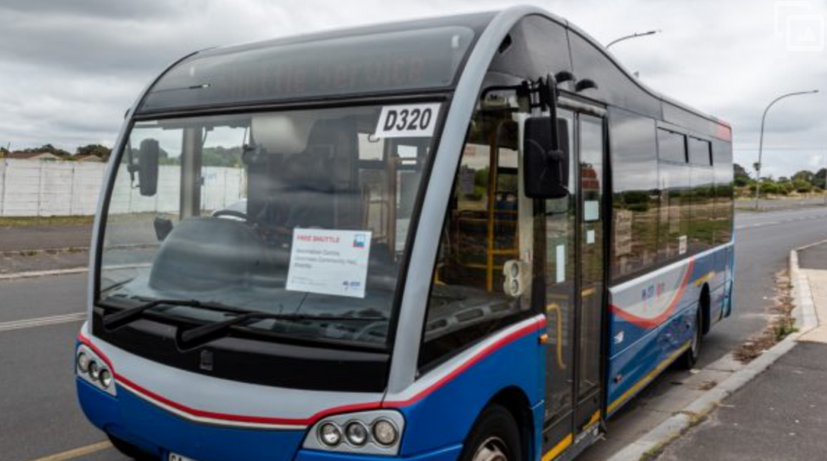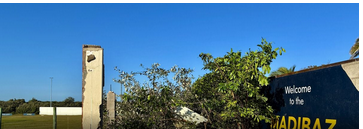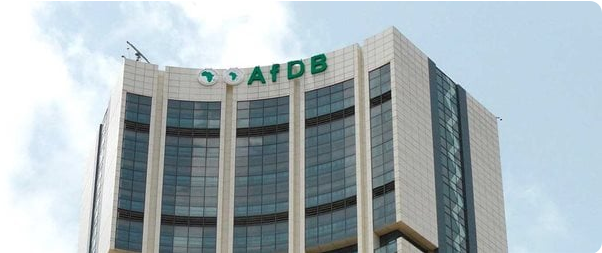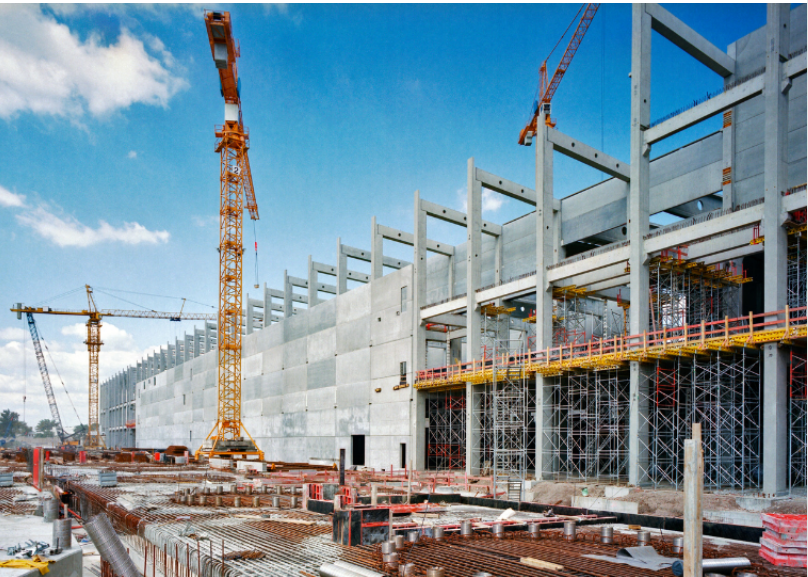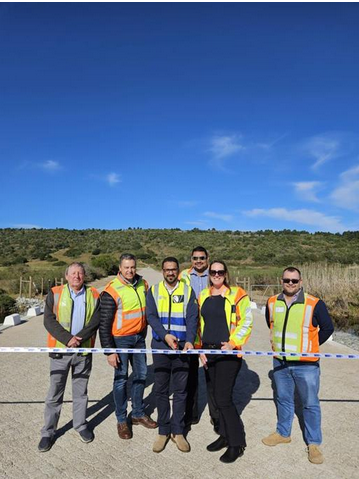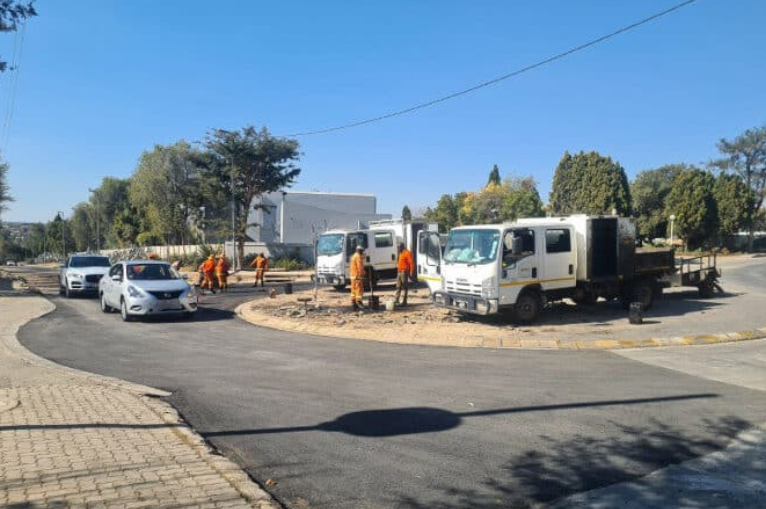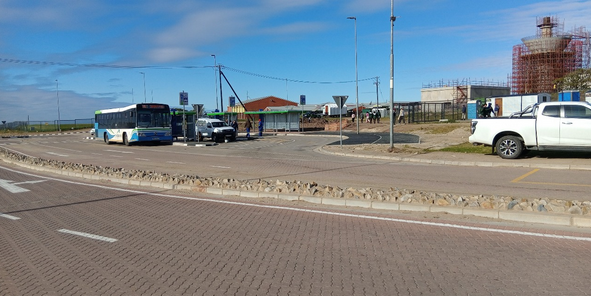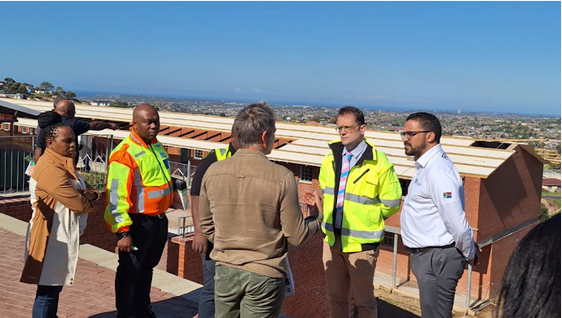Mystery of the tunnel to Zoo Lake

Advertising
13-09-2013
Read : 928 times
The Star
Source
JOBURG authorities, who have been wanting to merge the Joburg Zoo and Zoo Lake areas, have made an exciting discovery: the two spaces are already linked by a long-forgotten tunnel buried under Jan Smuts Avenue.
City planners have been wracking their brains to think of a way to link the two areas and were considering building a bridge over the busy main road, but this would have been very costly.
Now the solution has presented itself with the discovery of the existing underground link that just needs renovation.
The find is a boost for the upgrading plans of the Joburg Zoo and Zoo Lake, set to turn the area into a major tourist attraction.
The tunnel was built years ago, but abandoned and forgotten about.
Then someone realised there was a door in one of the administration buildings in Jan Smuts Avenue leading to a large underground storeroom.
Investigations show that the storeroom leads into a tunnel that runs under the road and surfaces on the other side.
It’s bricked up on the Zoo Lake side, but an opening will be knocked through to create a thoroughfare between the two popular sites.
According to Reggie Mokalapa, City Parks and the zoo’s general manager, no one knows when or why the tunnel was built, but it was probably used by the public at one stage because it’s large, well-lit and tiled.
“Remember the zoo was started in 1904 and proper records were not kept, so we haven’t been able to find out anything about its construction,” he said.
Over the years, the tunnel area was used as a basement storeroom. Animal skeletons, unused equipment and odd props and signage are still stored there.
“No one realised it runs all the way under Jan Smuts to the other side.
“We are all excited about it as it will save us costs in linking the areas.
“It has been examined by engineers and found to be structurally sound and capable of being used as a walkway by the public,” he said.
A Joburg Zoo and Zoo Lake master plan has been drawn up, which will see the two facilities united in an eco-tourism precinct.
Mokalapa said there were many plans for the improvement of the two areas, which will be done over the next two years.
“The number of visitors has grown from 275 000 to 560 000 over the past four years and we are predicting that this number will double again in the next four years, so our first priority is the provision of parking, which is currently inadequate,” he said.
By April next year, construction will start on a two-storey parkade with 900 bays.
In the meantime, parking will be formalised at Zoo Lake, which will be used while the parkade is being built.
Facilities at the zoo will be improved to keep up with international trends.
“The whole zoo model has changed quite dramatically over four years, in terms of infrastructure standards. Before, the zoo was a just a collection of animals on show. Now it is all about the welfare and well-being of animals and ensuring they are kept in the most natural environment possible, so many of the enclosures are being upgraded and improved,” he said.
Included in plans for the zoo are new walkways, modern signage, landscaping, new picnic spots and shaded rest areas, the upgrading of the bandstand and entertainment areas, more information kiosks and an animal sculpture section.
At Zoo Lake, formal walking, running and cycling paths will be established, entrances will be defined with sculptures, the play zone will be enlarged to cater for all ages including toddlers, the events and stage areas will be upgraded, picnic spots enhanced, new seats and signage and a new fountain will be built in one of the lakes.
Stephen Mogapi, City Parks and zoo professional services specialist, said: “The idea is for people to spend a day there, to walk from one side to the other, picnic, play sport at the bowls and tennis facilities, have lunch or ride bicycles. At the same time, they can learn about animals and the environment.”
Signage will be placed along Jan Smuts Avenue directing visitors to the different facilities, which will include an environmental training centre, the bowls and tennis clubs and the public swimming pool.
The de-silting of ponds is also a priority.
Recent News
Here are recent news articles from the Building and Construction Industry.
Have you signed up for your free copy yet?
